Space News & Blog Articles
Falcon 9 launch timeline with DART
A SpaceX Falcon 9 rocket is set for liftoff from Vandenberg Space Force Base, heading southeast over the Pacific Ocean with NASA’s DART asteroid deflection experiment.
The 229-foot-tall (70-meter) rocket is poised for takeoff from Space Launch Complex 4-East at Vandenberg Space Force Base, California, at 10:21:02 p.m. PST on Nov. 23 (1:21:02 a.m. EST; 0621:02 GMT on Nov. 24).
The payload for the mission is NASA’s Double Asteroid Redirection Test, or DART, mission. The first-of-its-kind mission will take aim on a binary asteroid next September, guiding itself to strike the smaller of the pair.
The target asteroid, named Dimorphos, is about the size of a football stadium. Scientists will use ground-based telescopes to measure how much the kinetic impact from DART changed the orbit of Dimorphos around its larger companion, named Didymos.
The experiment will demonstrate how a future spacecraft could be launched to nudge an asteroid off of a collision course with Earth. Didymos and Dimorphos, the asteroid system targeted by DART, do not pose any near-term threat to our planet.
DART was developed by the Johns Hopkins University Applied Physics Laboratory, and funded by NASA. The entire mission costs $330 million, according to NASA.
The Falcon 9 first stage booster set to launch the DART mission has two previous flights to its credit. It first flew in November 2020 with the Sentinel-6 Michael Freilich oceanography satellite, then launched again in May with 60 Starlink internet satellites.
The timeline below outlines the launch sequence for the Falcon 9 flight with DART.
Data source: SpaceX
T-0:00:00: Liftoff
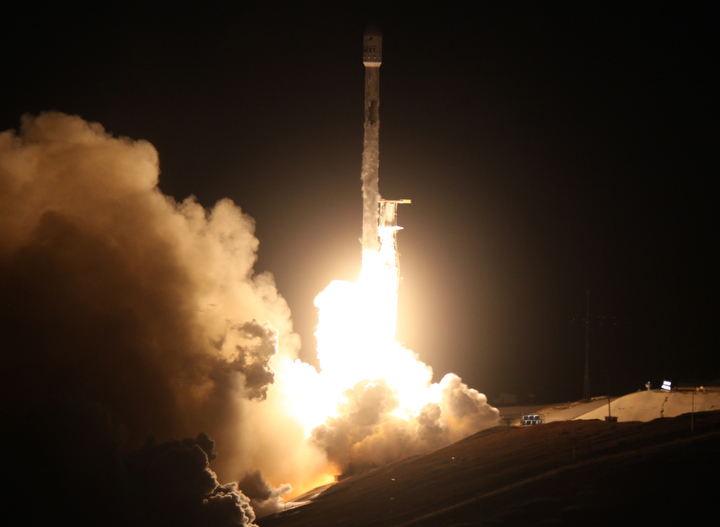 After the rocket’s nine Merlin engines pass an automated health check, hold-down clamps will release the Falcon 9 booster for liftoff from the SLC-4E launch pad at Vandenberg Space Force Base.
After the rocket’s nine Merlin engines pass an automated health check, hold-down clamps will release the Falcon 9 booster for liftoff from the SLC-4E launch pad at Vandenberg Space Force Base.
T+0:01:00: Mach 1
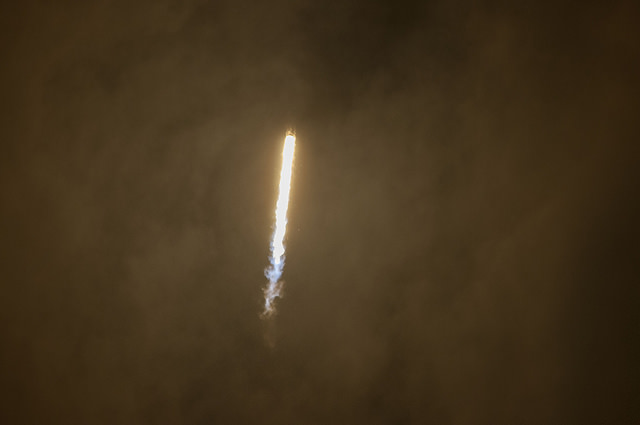 The Falcon 9 rocket reaches Mach 1, the speed of sound, as the nine Merlin 1D engines provide more than 1.7 million pounds of thrust.
The Falcon 9 rocket reaches Mach 1, the speed of sound, as the nine Merlin 1D engines provide more than 1.7 million pounds of thrust.
T+0:01:12: Max Q
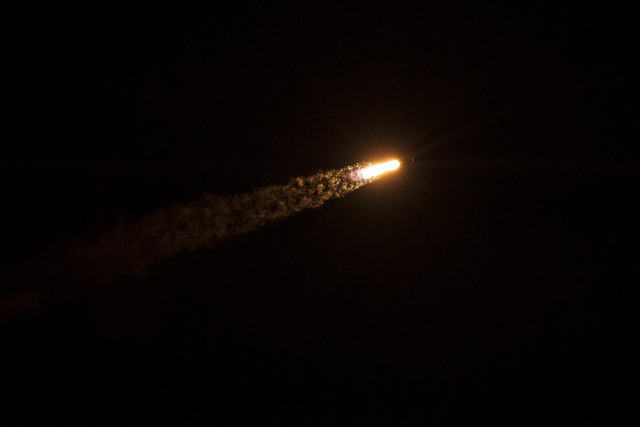 The Falcon 9 rocket reaches Max Q, the point of maximum aerodynamic pressure.
The Falcon 9 rocket reaches Max Q, the point of maximum aerodynamic pressure.
T+0:02:33: MECO
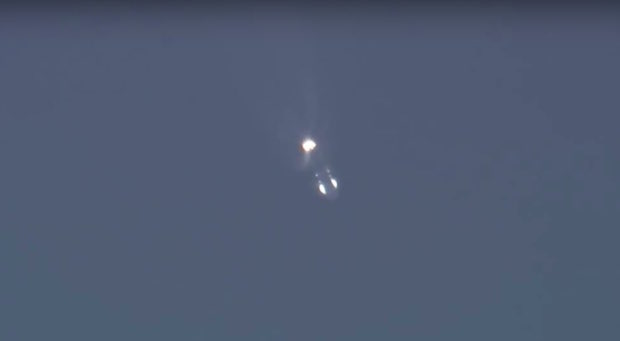 The Falcon 9’s nine Merlin 1D engines shut down.
The Falcon 9’s nine Merlin 1D engines shut down.
T+0:02:36: Stage 1 Separation
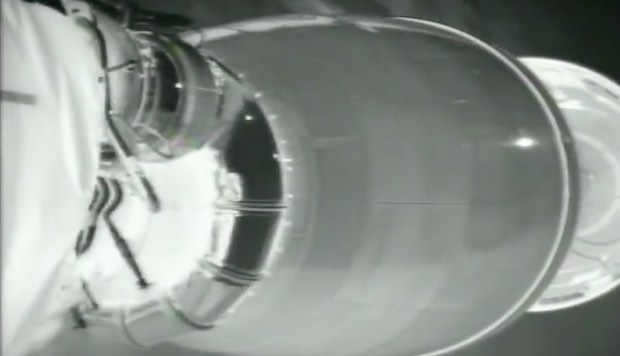 The Falcon 9’s first stage separates from the second stage moments after MECO.
The Falcon 9’s first stage separates from the second stage moments after MECO.
T+0:02:44: First Ignition of Second Stage
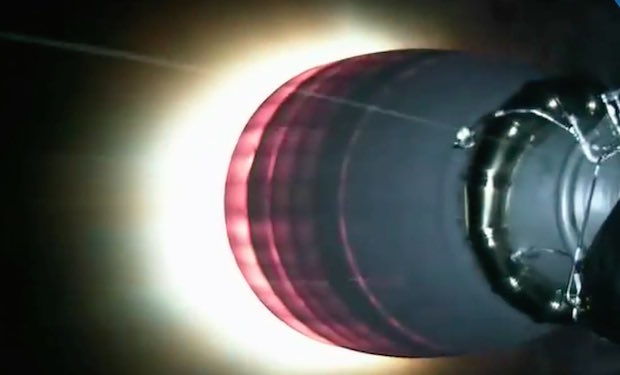 The second stage Merlin-Vacuum engine ignites for a five-and-a-half-minute burn to put the rocket and DART spacecraft into a preliminary parking orbit.
The second stage Merlin-Vacuum engine ignites for a five-and-a-half-minute burn to put the rocket and DART spacecraft into a preliminary parking orbit.
T+0:03:11: Fairing Jettison
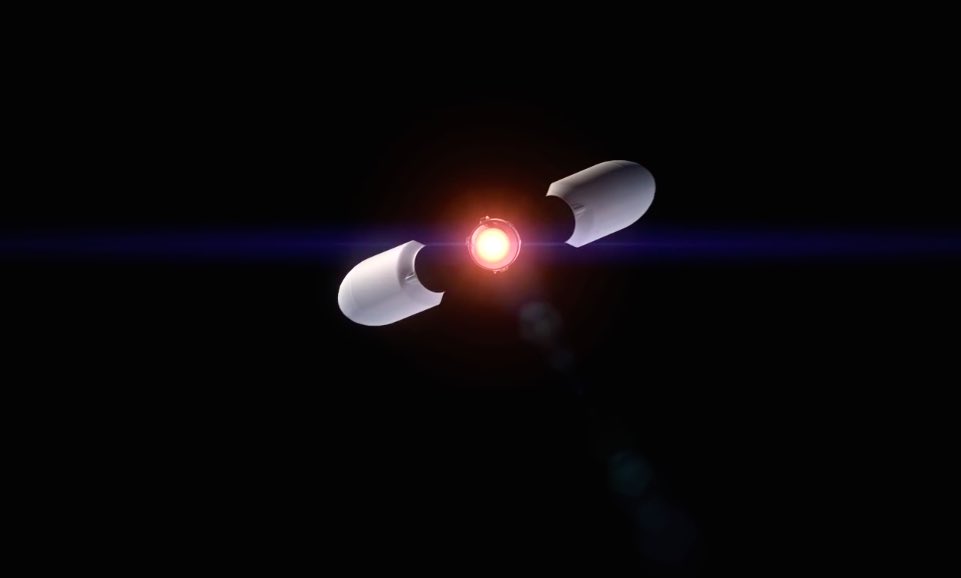 The 5.2-meter (17.1-foot) diameter payload fairing jettisons once the Falcon 9 rocket ascends through the dense lower atmosphere. The 43-foot-tall fairing is made of two clamshell-like halves composed of carbon fiber with an aluminum honeycomb core.
The 5.2-meter (17.1-foot) diameter payload fairing jettisons once the Falcon 9 rocket ascends through the dense lower atmosphere. The 43-foot-tall fairing is made of two clamshell-like halves composed of carbon fiber with an aluminum honeycomb core.
T+0:06:40: Stage 1 Entry Burn Begins
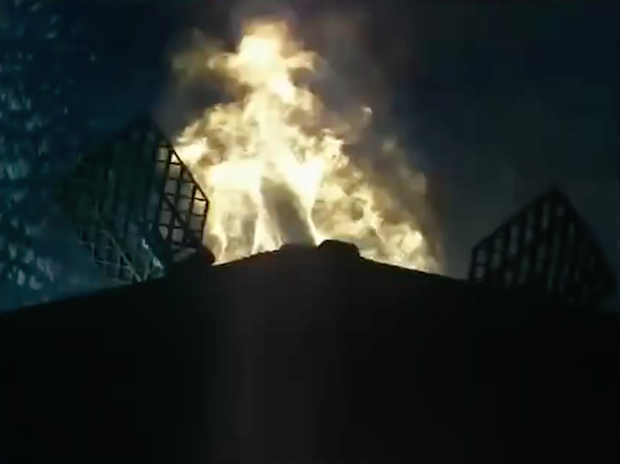 A subset of the first stage’s Merlin 1D engines begin an entry burn to slow down for landing. A final landing burn will occur just before touchdown.
A subset of the first stage’s Merlin 1D engines begin an entry burn to slow down for landing. A final landing burn will occur just before touchdown.
T+0:08:06: SECO 1
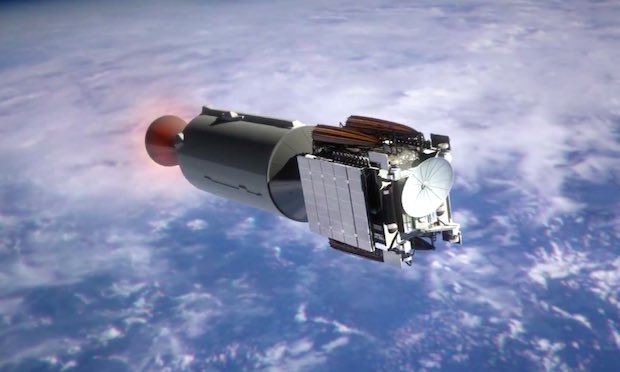 The second stage of the Falcon 9 rocket shuts down after reaching a preliminary low-altitude orbit around Earth. The upper stage and DART begin a coast phase scheduled to last more than 20 minutes before the second stage Merlin Vacuum engine reignites.
The second stage of the Falcon 9 rocket shuts down after reaching a preliminary low-altitude orbit around Earth. The upper stage and DART begin a coast phase scheduled to last more than 20 minutes before the second stage Merlin Vacuum engine reignites.
T+0:08:52: Stage 1 Landing
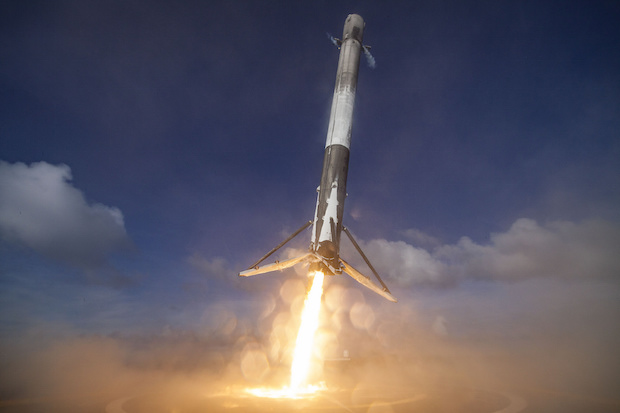 The Falcon 9 rocket’s first stage booster touches down on SpaceX’s drone ship “Of Course I Still Love You” in the Pacific Ocean.
The Falcon 9 rocket’s first stage booster touches down on SpaceX’s drone ship “Of Course I Still Love You” in the Pacific Ocean.
T+0:28:37: Second Ignition of Second Stage
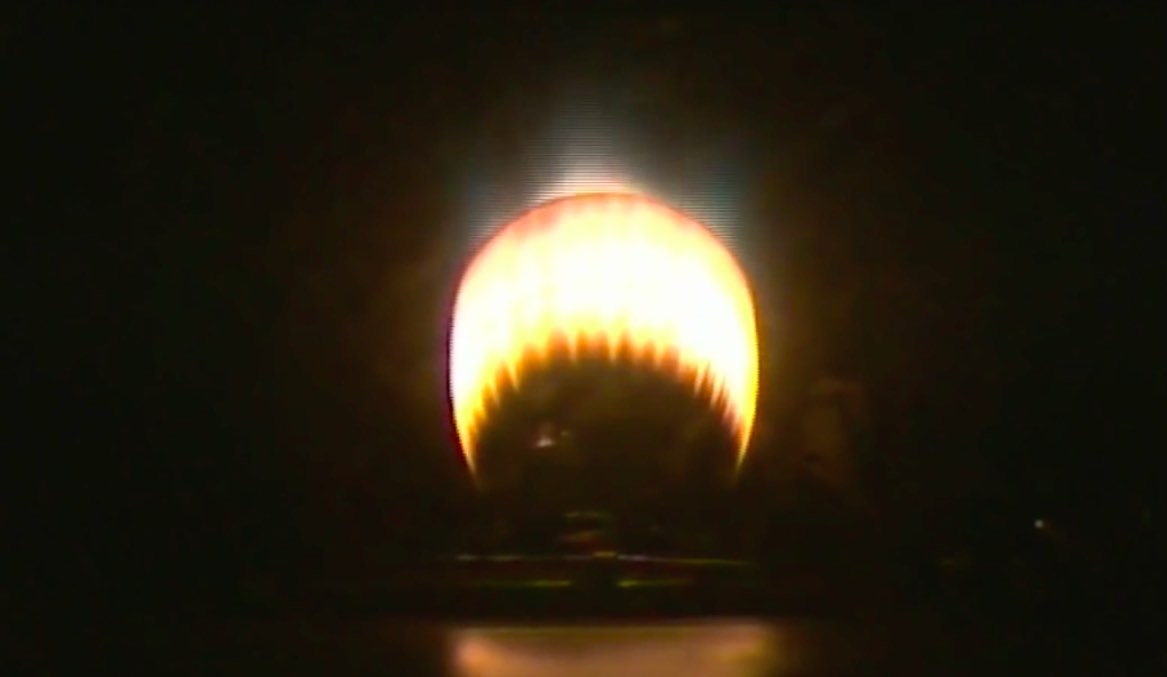 The Falcon 9’s second stage Merlin engine restarts to propel the DART spacecraft on an Earth escape trajectory.
The Falcon 9’s second stage Merlin engine restarts to propel the DART spacecraft on an Earth escape trajectory.
T+0:29:30: SECO 2
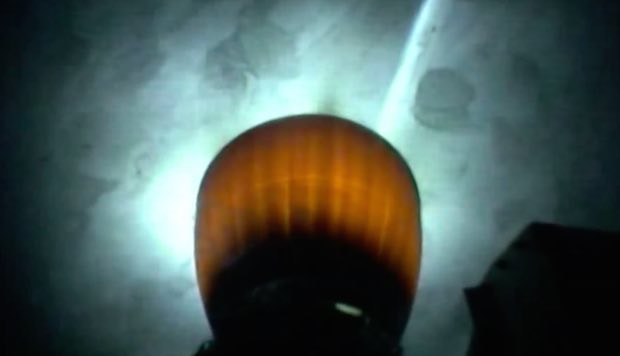 The Merlin engine shuts down after a 53-second burn to put the DART spacecraft on the proper trajectory to escape Earth’s gravity.
The Merlin engine shuts down after a 53-second burn to put the DART spacecraft on the proper trajectory to escape Earth’s gravity.
T+0:55:40: DART Separation
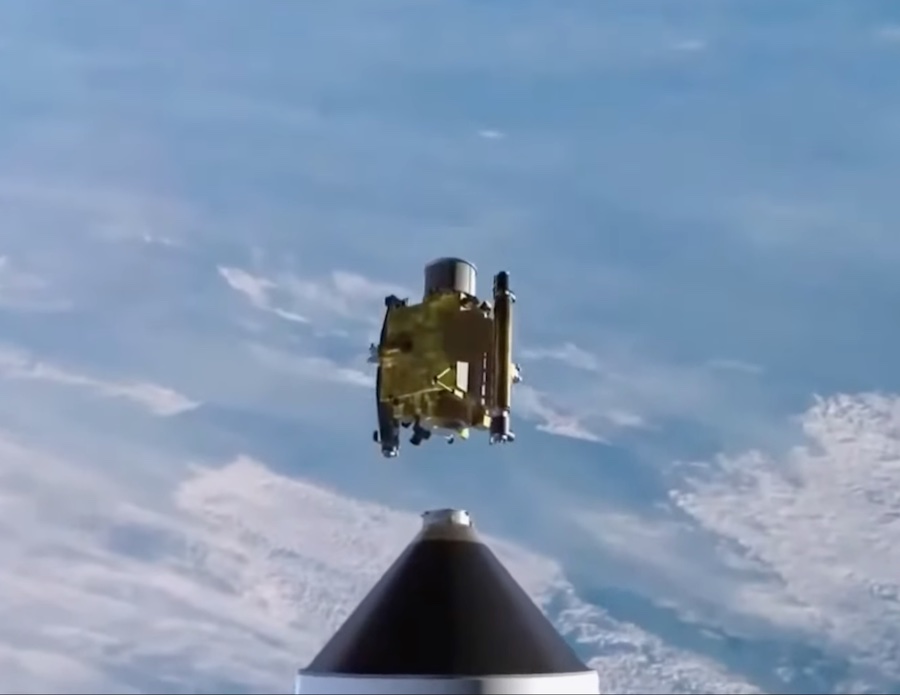 NASA’s 1,358-pound (616-kilogram) DART spacecraft separates from the Falcon 9 rocket’s second stage.
NASA’s 1,358-pound (616-kilogram) DART spacecraft separates from the Falcon 9 rocket’s second stage.
This email address is being protected from spambots. You need JavaScript enabled to view it. the author.
Follow Stephen Clark on Twitter: @StephenClark1.
When you subscribe to the SpaceZE News Feed, we will send you an e-mail when there are new updates on the site so you wouldn't miss them.

